Custom design solutions available for bespoke needs. Learn More
My Cart:
Custom design solutions available for bespoke needs. Learn More
My Cart:
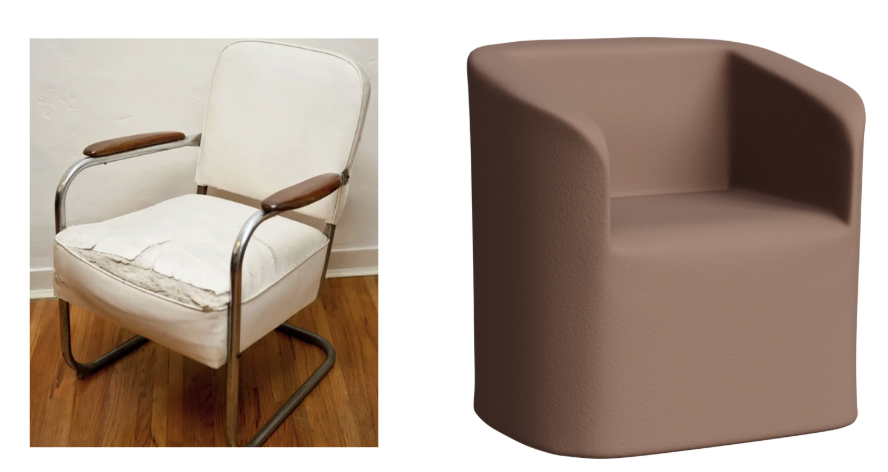
Approximately every eleven minutes, someone in a care environment experiences a furniture related safety incident. This statistic isn’t just a number it represents real people in vulnerable moments, and real facilities struggling to balance safety with dignity. The question isn’t whether safety matters in care environments; it’s whether we truly understand what makes furniture safe.
At Abecca, we’ve spent over 16 years studying the intersection of engineering, psychology, and care. What we’ve learned challenges many assumptions about safety furniture and reveals why truly safe design actually enhances rather than compromises the recovery process.
Traditional furniture in care environments creates what psychologists call “environmental anxiety”, a constant low-level stress response triggered by the subconscious recognition of potential dangers. When patients enter a room, their minds automatically scan for threats. Loose fabric edges, removable components, unstable connections, and gaps where items could be hidden all register as potential risks, even if the person isn’t consciously aware of this assessment.
This psychological impact extends beyond the immediate user. Staff members working in environments with questionable furniture safety, report higher stress levels, increased vigilance fatigue, and reduced ability to focus on patient care. The ripple effect of unsafe furniture design impacts everyone in the environment.
Real anti-ligature design goes far beyond removing obvious ligature points. It requires understanding failure modes, stress patterns, and human behaviour under crisis conditions. Our design engineering team analyses furniture from five critical perspectives:
1. Structural Integrity Under Stress Traditional furniture relies on joints, connections, and interfaces. Each represents a potential failure point. Our solid foam construction eliminates these vulnerabilities entirely. When furniture has no removable components, there are no components to fail, loosen, or be weaponised.
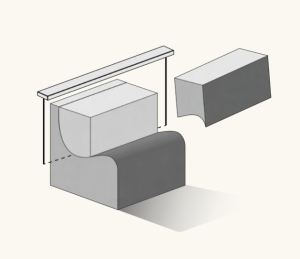
https://abeccadesign.com/product-category/safe-furniture/armadillo-range/
2. Surface Continuity and Seamlessness True safety requires surfaces without interruptions. Our LimberShield® technology creates thermo fused surface integration, eliminating the gaps, edges, and transitions that compromise safety in traditional furniture. This isn’t just about preventing ligature points, it’s about creating surfaces that cannot be modified, damaged, or compromised in any way.

3. Material Behaviour Under Extreme Conditions Safety furniture must perform consistently under stress, heat, cold, and repeated impact. Our thermo-fused manufacturing process creates surfaces that maintain their integrity regardless of environmental conditions or use patterns. The furniture that protects people on day one must provide identical protection years later.
4. Ergonomic Integration with Safety Requirements The most sophisticated safety engineering means nothing if people avoid using the furniture due to discomfort. Our design process integrates ergonomic principles with safety requirements, ensuring that protective features enhance rather than compromise the user experience.
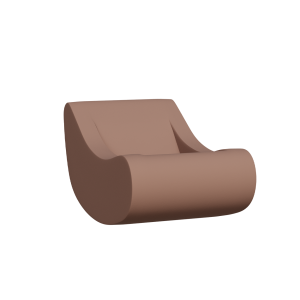
https://abeccadesign.com/product/sensory-rocking-chair/
5. Psychological Comfort Through Visual Design Safe furniture should communicate safety confidence, not institutional cold functionality. Our design philosophy focuses on creating furniture that appears professional, clean, and trustworthy—visual cues that support rather than undermine the psychological comfort essential to the mental health healing processes.
When furniture safety anxieties disappear, something remarkable happens: people can focus entirely on their recovery process. Staff report that patients in properly designed environments show increased willingness to engage in therapy, participate in group activities, and interact positively with their surroundings.
Case studies from Australian facilities using Abecca furniture consistently show improvements in patient comfort and engagement metrics.
Abecca believes in representing real people allowing them to be able to focus on healing because their environment supports rather than hinders their mental health recovery process.
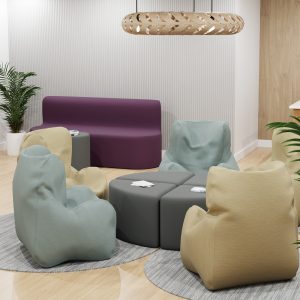
Perhaps the most significant impact of truly safe furniture design is on care delivery itself. When staff members trust their environment completely, they can dedicate their full attention to patient care rather than environmental monitoring.
“Before our furniture upgrade, staff spent significant mental energy constantly assessing environmental risks. Now that we trust our furniture completely, that mental capacity is redirected to patient care. It’s transformed how we’re able to serve our patients.”
This confidence translates to measurable improvements in care quality:
Most facilities approach furniture safety reactively, responding to incidents rather than preventing them. True safety innovation requires anticipating challenges before they occur and engineering solutions that address root causes rather than symptoms.
Our research and development process involves analysing incident patterns across hundreds of care environments, studying human behaviour under stress, and continuously refining our understanding of how people interact with their surroundings during vulnerable moments.
This proactive approach has led to innovations such as our advanced corner geometry, which eliminates ligature points while maintaining visual appeal, and our integrated systems that provide absolute security without hardware that might suggest institutional control rather than professional care.
The most sophisticated aspect of safety furniture design is preserving human dignity while providing complete protection. This requires understanding that people receiving care are not just bodies to be kept safe, they’re individuals deserving environments that respect their humanity and support their healing journey.
True anti-ligature design creates furniture that protects without appearing protective, that provides safety without suggesting danger, and that maintains therapeutic environmental aesthetics while delivering uncompromising security.
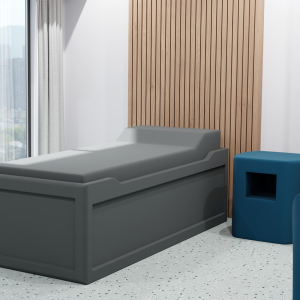
The future of care environment furniture lies in designs that are so seamlessly safe and comfortable that safety becomes invisible, present but not prominent, protective but not institutional. This evolution requires continued innovation in materials, manufacturing processes, and understanding of environmental psychology.
As care approaches become more sophisticated and person-centric, the furniture supporting these environments must evolve accordingly. The goal isn’t just furniture that prevents incidents it’s furniture that actively contributes to therapeutic outcomes through thoughtful design that honours both safety requirements and human dignity.
The science behind anti-ligature design reveals that truly safe furniture doesn’t compromise comfort or dignity, it enhances both by eliminating the psychological stress that unsafe environments create. When people feel completely safe in their surroundings, they’re free to focus on what matters most: their recovery and wellbeing.
The choice facing care facilities isn’t between safety and comfort, it’s between furniture designed with comprehensive understanding of safety science and furniture that addresses safety as an afterthought. In environments where people’s lives and wellbeing depend on thoughtful design, there’s really only one choice that honours the responsibility of care.
For a comprehensive assessment of your facility’s furniture safety, including our 12-point evaluation checklist, contact Abecca’s safety design consultants. Because when it comes to the people in your care, safety isn’t optional—it’s fundamental.
Share this Article